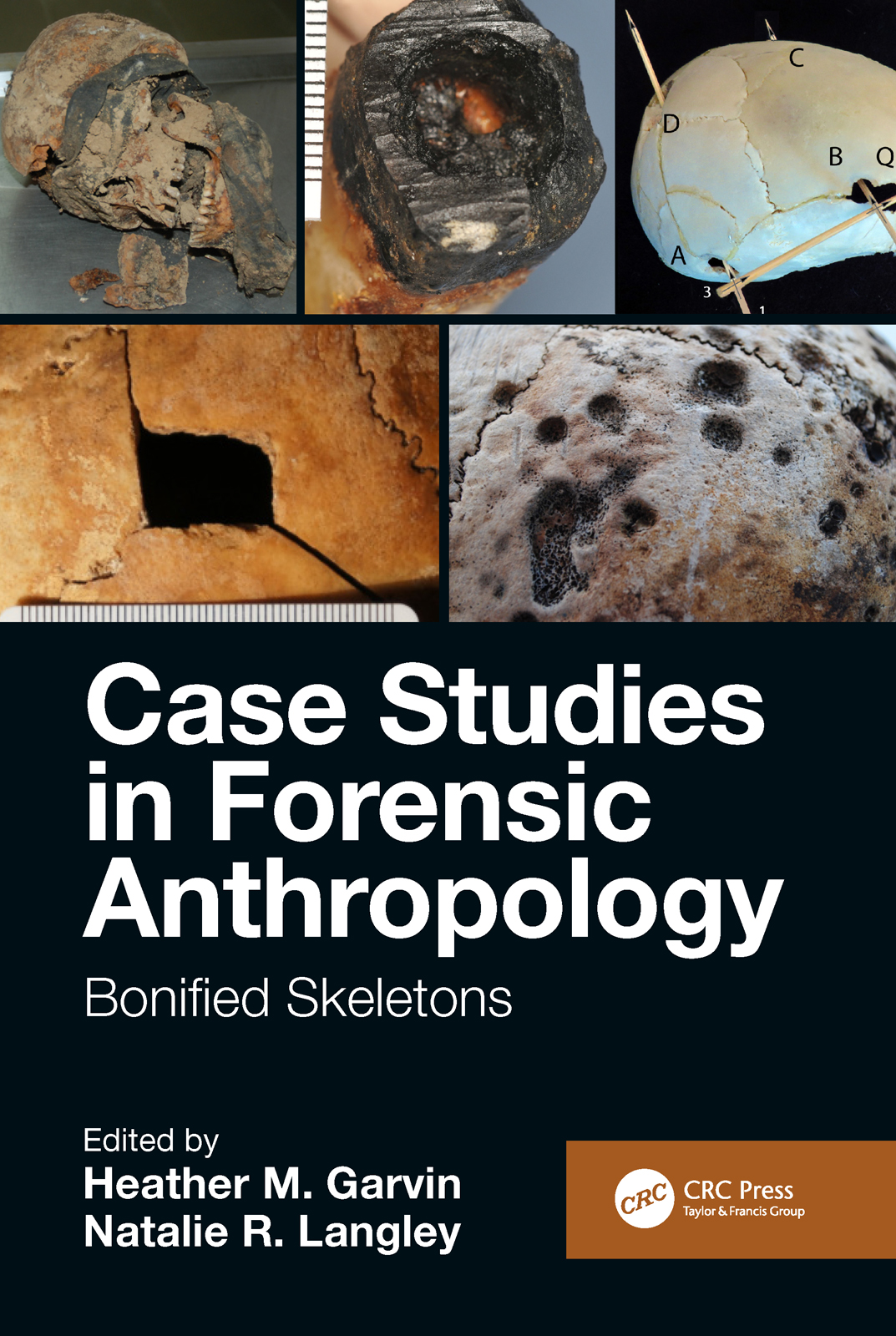

Most ebook files are in PDF format, so you can easily read them using various software such as Foxit Reader or directly on the Google Chrome browser.
Some ebook files are released by publishers in other formats such as .awz, .mobi, .epub, .fb2, etc. You may need to install specific software to read these formats on mobile/PC, such as Calibre.
Please read the tutorial at this link. https://ebooknice.com/page/post?id=faq
We offer FREE conversion to the popular formats you request; however, this may take some time. Therefore, right after payment, please email us, and we will try to provide the service as quickly as possible.
For some exceptional file formats or broken links (if any), please refrain from opening any disputes. Instead, email us first, and we will try to assist within a maximum of 6 hours.
EbookNice Team

Status:
Available0.0
0 reviewsThrough a set of unique case studies written by an international group of practicing forensic anthropologists, Case Studies in Forensic Anthropology: Bonified Skeletons prepares students and professionals for the diverse range of cases and challenges they will encounter in the field.
Every forensic anthropology case is unique. Practitioners routinely face new challenges and unexpected outcomes. Courses and introductory texts generally address standard or ideal cases. In practice, however, forensic anthropologists must improvise frequently during forensic archaeological recoveries and laboratory analyses based on case circumstances. Most forensic anthropologists have encountered unconventional cases with surprising results. While these cases act as continuing education for practitioners—better preparing them for future encounters— such learning opportunities may be limited by the extent of personal experiences. This text exposes practitioners and students to a diverse array of case examples they may not otherwise encounter, sharing experiential knowledge and contributing to the advancement the field.
Case Studies in Forensic Anthropology aims to both prepare aspiring forensic anthropologists and inform current practitioners. The cases are interesting and unique, detailing how specific challenges contribute to the body of forensic anthropological knowledge and practice.
Key Features